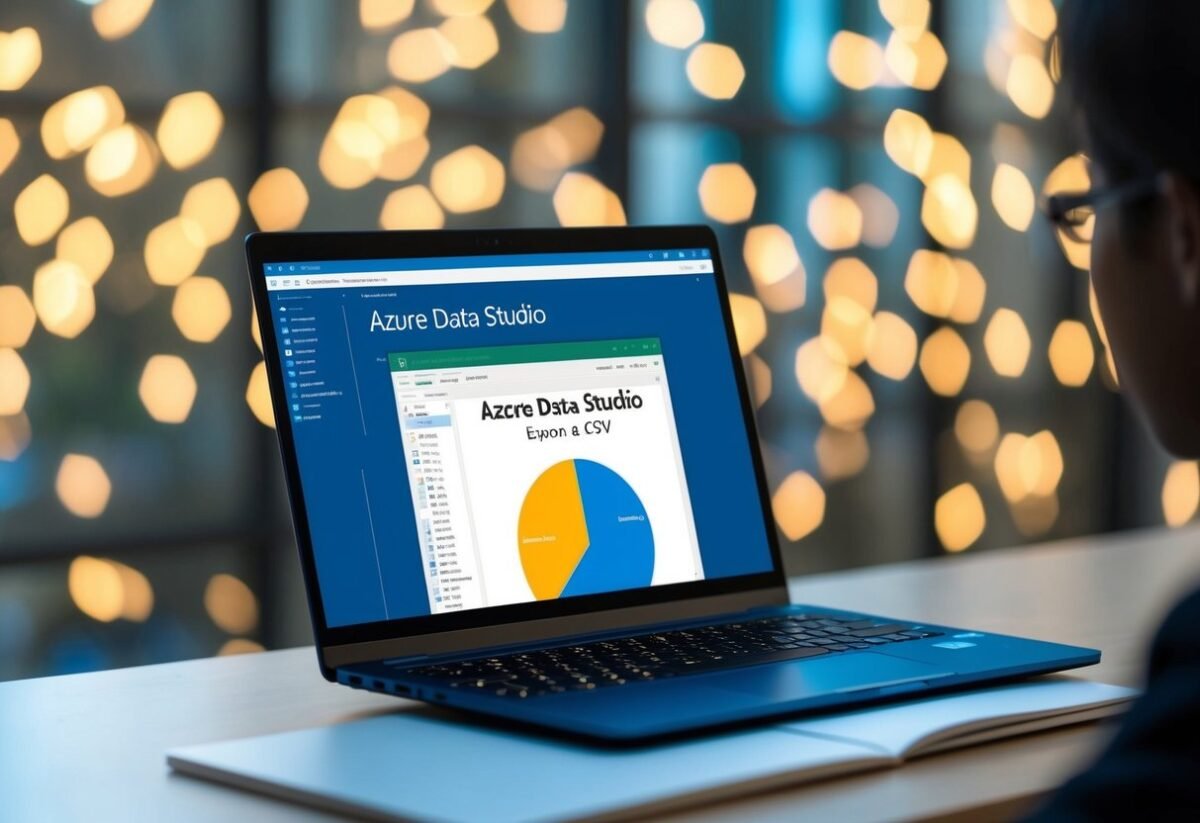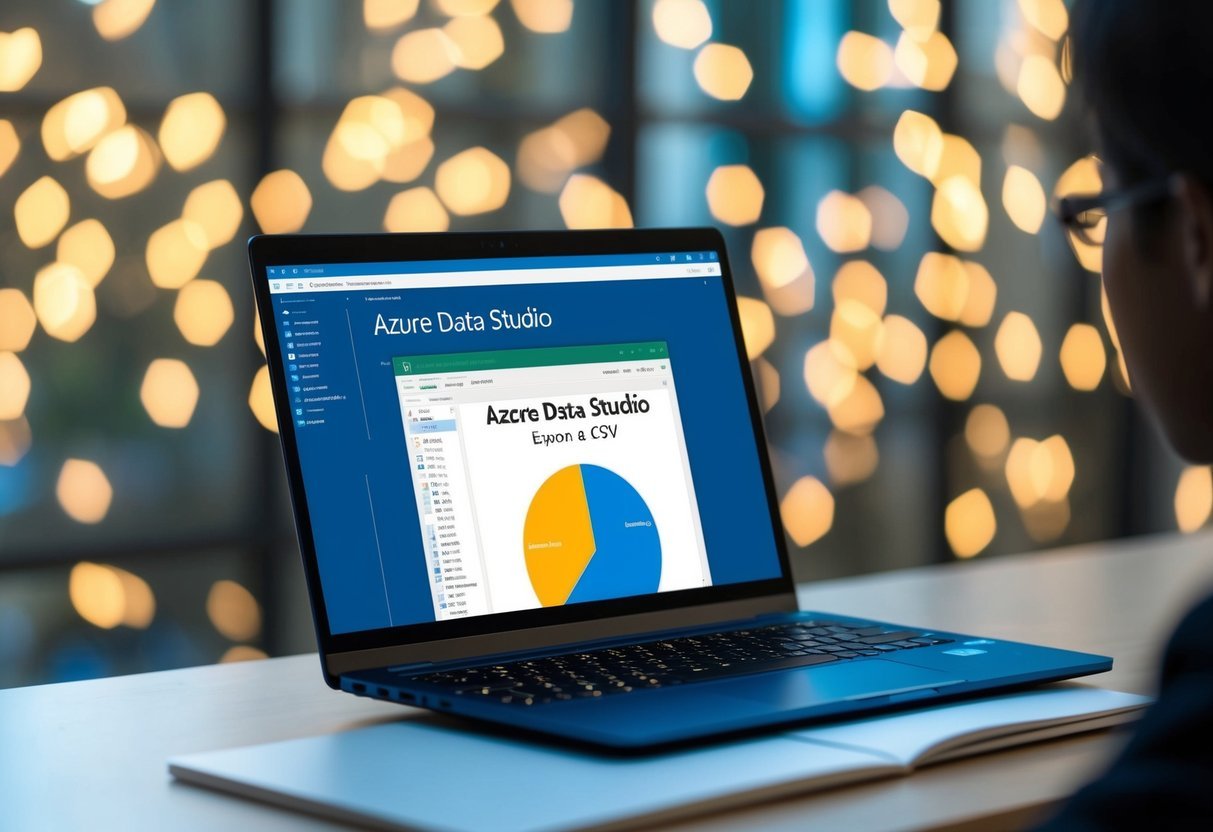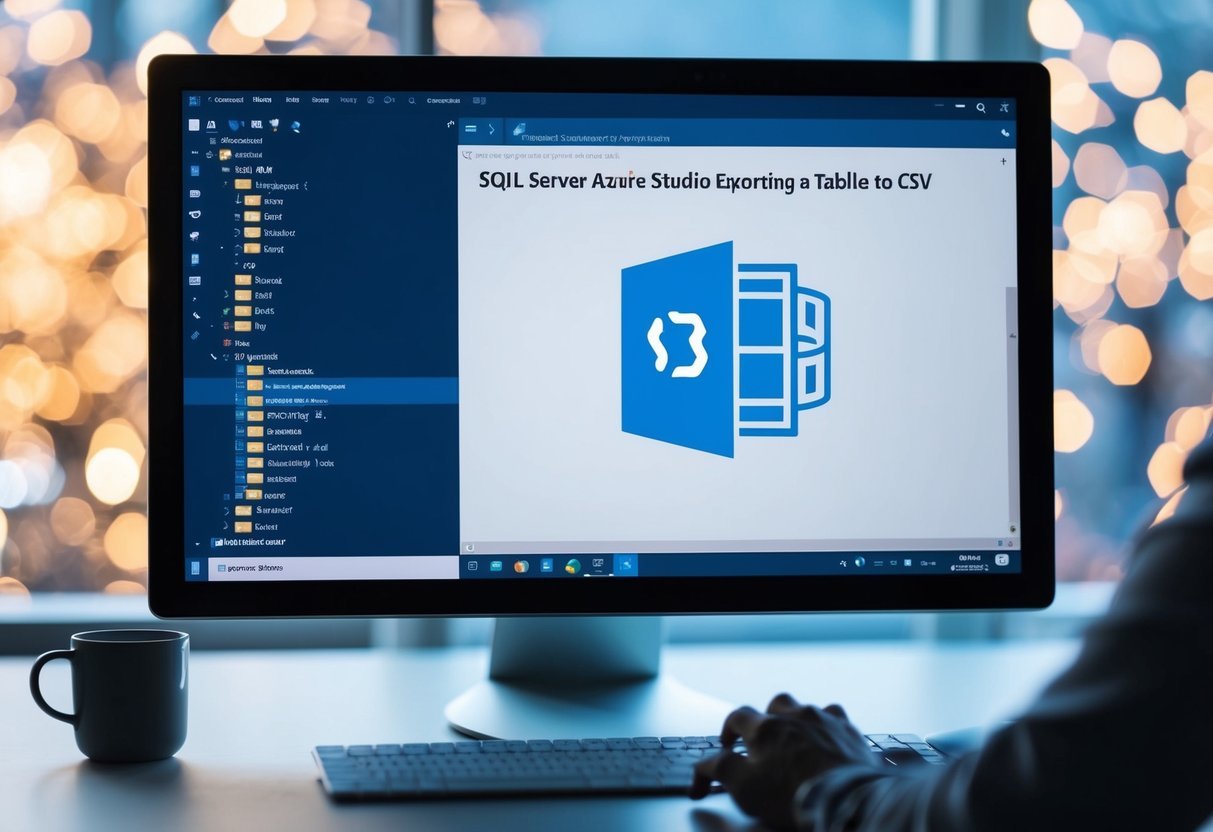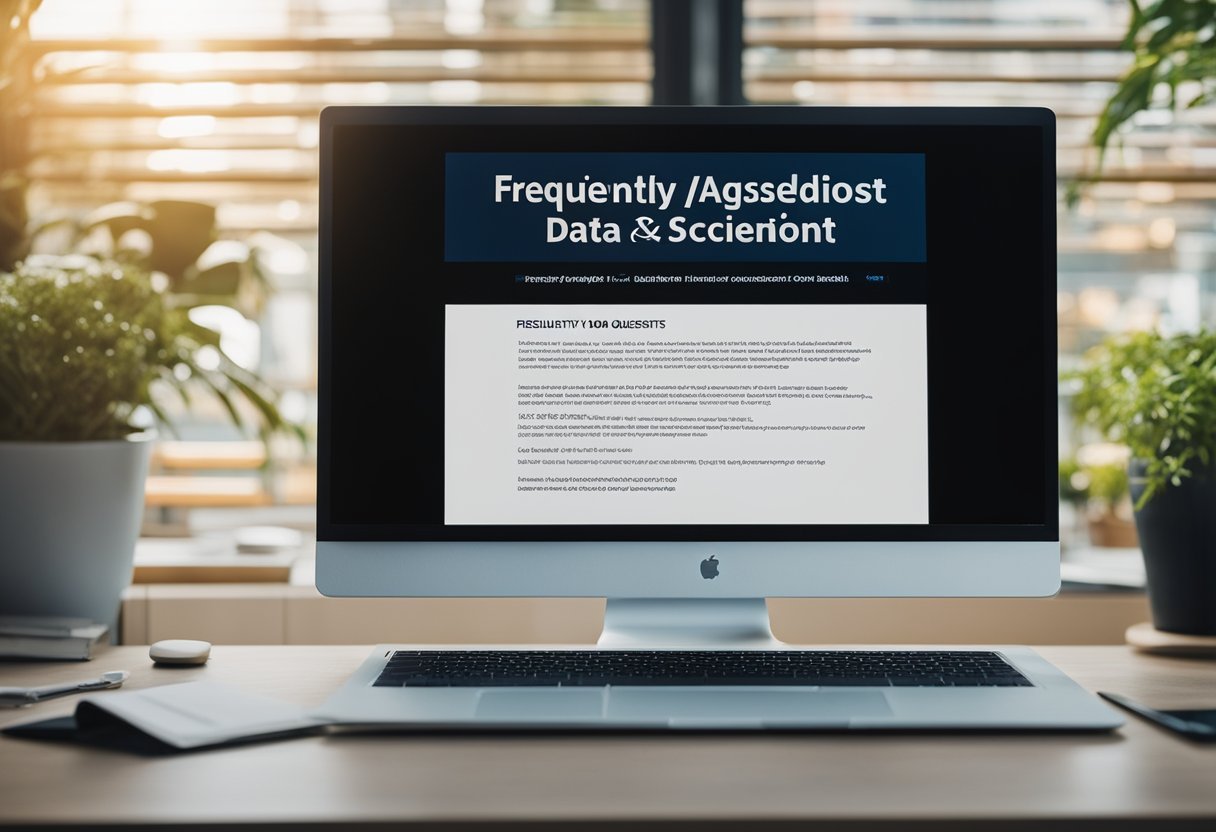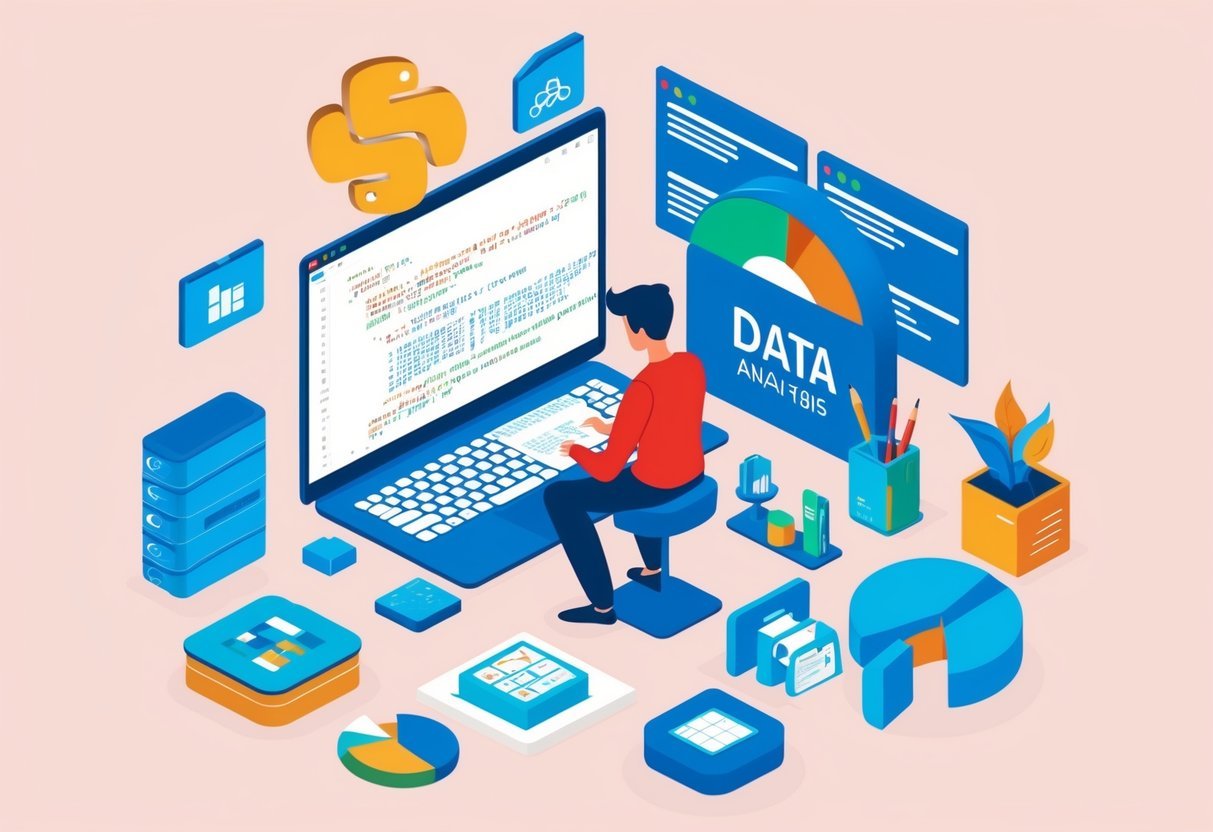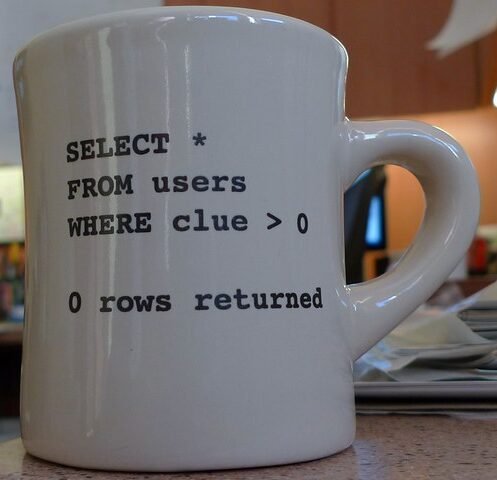In your journey as a data professional, you’ll often encounter scenarios where you need to eliminate duplicate records from your database tables. This is particularly true when dealing with large databases where the likelihood of duplicate values slipping in is much higher. The presence of such identical entries can pose significant challenges when performing operations like data analysis or implementing business logic. Luckily, SQL provides a handy tool for this exact purpose – the DISTINCT keyword.
When you find yourself wrestling with redundant data, it’s the DISTINCT keyword that’ll come to your rescue. It allows you to retrieve unique items from a table column or a combination of columns. This powerful function works by comparing each record in the selected column(s) and filtering out any duplicates. To illustrate how it functions, let’s consider an example using a sample database.
Imagine you have an employees table within your database containing multiple duplicate records for some employees – say their names and cities are repeated across several rows. In order to fetch only distinct (unique) combinations of Name and City fields, you’d leverage the DISTINCT clause in your SELECT statement. Here, SQL would go row by row through your employees table checking for any repeating combinations of these fields and effectively omitting them from its final output.
Remember though that while DISTINCT can be incredibly useful for removing duplicates, it comes with certain limitations too! It may not be suitable if there’s a need to keep one copy out of many duplicates in the original table or if other aggregate functions are involved in complex queries – but we’ll delve into those constraints later on.
Understanding the DISTINCT Keyword in SQL
Diving into the world of SQL, it’s crucial to comprehend one particular keyword: DISTINCT. You’ll find yourself using this keyword often when dealing with duplicate values and records in your database tables.
The DISTINCT keyword in SQL is a powerful tool that aids in eliminating duplicate records from your select queries’ results. It comes handy when you’re searching through an extensive database table, like an employees table or customers table, where repeated values are likely to occur. For instance, imagine having to sift through a common table expression where certain combinations of value repeat. The use of the DISTINCT clause can simplify this task by providing distinct combinations only.
Now you might wonder how exactly does DISTINCT work? Well, while executing a SELECT statement with the DISTINCT keyword, SQL server goes through each record in the original table and discards any duplicate value it encounters along the way. Consequently, what you get is a tidy list of distinct values only! Let’s consider a sample database with an employee table – if we run a query on salary column using distinct function, we’re left with unique salary values only – no duplicates!
What about multiple columns? Can DISTICT handle that too? Absolutely! If used as part of your SELECT statement across more than one column (for example: city name and country name), the DISTINCT keyword will return unique combinations from these columns – meaning it looks for identical row values rather than individual column data.
Remember though, as powerful as it is, using DISTINCT should be done judiciously. When applied to large tables or complex queries involving joins or sub-queries, performance may take a hit due to additional sort operator required by most query engines for finding distinct records. Therefore always ensure that your execution plan accounts for such factors.
In conclusion (but not really since there’s so much more to explore), understanding and applying the concept of ‘distinctness’ within your SQL programming language arsenal could make all the difference between efficiently managing your databases or wrestling with unnecessary replica data cluttering up your precious storage space.
How to Use DISTINCT to Remove Duplicates
Delving into the world of databases, you’re bound to come across duplicate values. These can clog your data flow and lead to inaccuracies in your results. Fortunately, using the DISTINCT keyword can help eliminate these pesky duplicates.
Consider a sample database with an employees table. It’s not uncommon for employees in different departments to have identical names, creating duplicate value combinations. You might find a common method to deal with this issue is running a SELECT statement with the DISTINCT clause like so:
SELECT DISTINCT first_name, last_name
FROM employees;This SQL query retrieves distinct combinations of first_name and last_name from the employees table – effectively removing any duplicate records.
However, what if there are multiple fields that need consideration? Let’s say you also want to consider the city_name, too. You’d simply add this column name to your select query:
SELECT DISTINCT first_name, last_name, city_name
FROM employees;Your database now returns all unique combinations of employee names and city names – removing not just duplicate names but also any duplicate combination of name and city.
But let’s tackle a more complex situation. What if some employees have identical values across every single column? Here’s where Common Table Expression (CTE) comes in handy; it uses RANK() function over PARTITION BY clause:
WITH CTE AS(
SELECT *,
RN = RANK() OVER(PARTITION BY first_name,last_name ORDER BY salary)
FROM Employees)
DELETE FROM CTE WHERE RN > 1In this case, partitioning by both first_name and last_name, orders them by ‘salary’. The rank function then assigns a unique rank number within each partition (combination), which helps identify each row uniquely even if there exist rows with completely identical values.
So remember, whether it be pruning duplicates from single columns or dealing with entire duplicate records – SQL has got you covered! The key lies in understanding how these tools work together: SELECT statements paired with DISTINCT clauses or aggregate functions can untangle even the most convoluted clusters of duplicates.
Real-World Applications of the DISTINCT Keyword
Diving into the world of SQL, you’ll often encounter duplicate records. This issue is particularly common in large databases where multiple entries are made for a single entity. The DISTINCT keyword offers an effortless way to handle this issue by eliminating duplicate values and presenting only distinct ones.
The instances where you’ll find yourself using the DISTINCT keyword are numerous. One such instance is when working with a sample database of an employees table for a company that has offices in different cities. You might want to know how many offices there are based on city names, but realize your original table contains duplicate city records due to multiple employees located at each office. In this case, using the DISTINCT clause in your select statement will provide you with a list of unique cities.
Consider another frequent real-world scenario: an e-commerce platform maintains customers’ and orders’ tables separately. To understand customer behavior better, it’s essential to determine how many distinct products each customer ordered at least once. By combining the DISTINCT keyword with aggregate functions like COUNT(), one can extract these insights from SQL tables effortlessly.
Moreover, imagine running queries on a production table containing millions of rows detailing hardware sales over several years. If you’re tasked with identifying distinct hardware names sold throughout those years, wading through identical values could be dauntingly time-consuming without utilizing the DISTICT keyword.
In essence, whether it’s cleaning up data in your employee or customers tables or making sense out of colossal production datasets – the DISTINCT keyword plays an integral role in ensuring efficient query execution plans while saving valuable processing time.
Finally, think about situations where not just single column but combinations of value matter – say gender and salary columns in an employees table; here too, using DISTINCT helps tackle duplicates effectively. Instead of returning every record as unique because salaries differ even when genders are same (or vice versa), applying DISTINCT on both columns together yields truly unique combinations.
In all these cases and more beyond them – from managing temporary tables to handling complex tasks involving common table expressions (CTEs) — mastering the usage of ‘Distinct’ empowers you as a programmer to write cleaner and more efficient code across various programming languages leveraging SQL.
Common Pitfalls When Using DISTINCT for Data Deduplication
In your journey towards mastering SQL, you’ll inevitably come across the DISTINCT keyword. This powerful tool can help you remove duplicate values from your result set, leaving only distinct records. But it’s not always as straightforward as it seems. There are common pitfalls that could undermine your data deduplication efforts if you’re not careful.
One of the most common issues occurs when using DISTINCT on a table with multiple columns. Let’s say you’re working with an ’employees’ table in a sample database and want to eliminate duplicate names. You might craft a SELECT statement using the DISTINCT clause on the ‘name’ column, expecting to get a list of unique employee names. But what happens if two employees share the same name but have different roles? Because DISTINCT works on all selected columns, not just one, both records will appear in your results because each row (name and role combination) is unique.
Another pitfall arises when dealing with NULL values in your SQL tables. The use of the DISTINCT keyword does NOT consider NULL as a distinct value; instead, it treats all NULLs as identical values. So if there are multiple records with NULL entries in your original table – let’s take ‘salary’ column in our ’employees’ table example – using DISTINCT won’t filter out these duplicates.
Moreover, problems may arise when using aggregate functions like COUNT or SUM along with DISTINCT within an SQL query. The order of operations matters here: applying an aggregate function before invoking the DISTINCT clause will provide different results than applying it after! For instance, counting distinct salary values vs summing up salaries then removing duplicates might yield vastly different outcomes.
Additionally, be mindful that employing the DISTINCT keyword can lead to performance hits due to increased server load for sort operations during execution plans. While this may not be noticeable on smaller tables such as our ’employees’ example earlier or even slightly larger ones like a ‘customers’ table, this issue becomes much more apparent and detrimental once we start working on large scale production tables or integration services involving significant data volumes.
Lastly, remember that understanding how to effectively use coding tools is as important as knowing which tool to use when programming languages differ drastically in semantics and syntaxes! Hence while dealing with data deduplication issues via SQL queries or any other methods available within various programming languages do ensure to thoroughly read through their respective documentation for best practices guidelines and recommendations!
By being aware of these potential pitfalls when using DISTNICT for data deduplication purposes – whether they concern handling multi-column scenarios, null value treatment differences across platforms or simply considering computational costs implications – will undoubtedly make you more proficient at crafting efficient queries.
Performance Implications of Using DISTINCT in Large Tables
Delving into the world of SQL, you might have encountered the DISTINCT keyword. Its main function is to remove duplicate values from a select statement’s results, providing a list of distinct values. However, when working with large tables, using DISTINCT can have significant performance implications.
Firstly, let’s consider its use on an extensive employees table in a sample database. If you’re trying to find the unique combinations of city and country name for each employee by using a query like:
SELECT DISTINCT city_name, country_name FROM employees_table;This seemingly simple operation can become computationally intensive as it requires sorting or hashing all rows in the original table.
The performance hit becomes even more noticeable if your SQL query involves joins between large tables before applying the DISTINCT clause. In such cases, not only does it have to sort or hash records from one large table but potentially millions of records resulting from joins.
To illustrate this further:
| Table Name | Number of Rows |
|---|---|
| Employees | 1 Million |
| Companies | 100 Thousand |
Assuming every employee works for a different company, joining these two tables would result in 100 billion records! Applying DISTINCT on this could significantly slow down your query execution time.
Moreover, when using functions like COUNT() with DISTINCT, it forces SQL Server to perform additional work. The server must first find all distinct value combinations and then count them:
SELECT COUNT(DISTINCT column_name) FROM database_table;Such operations require considerable memory allocation and processor time which may lead to slower system response times or even cause crashes under heavy load scenarios.
So what’s the solution? A common method used by experienced programmers is using GROUP BY instead of DISTINCT whenever possible or creating temporary tables that aggregate data at an intermediate level before performing any operations that might need DISTINCT usage. This way they ensure efficient queries while keeping resource usage optimal.
However, remember that every situation calls for its own solution; sometimes DISTINCT is unavoidable especially when dealing with non-aggregated fields. It’s always about striking balance between achieving accurate results and maintaining system performance.
Alternatives to The DISTINCT Command in SQL for Removing Duplicates
In the realm of SQL, removing duplicates is a common task. While the DISTINCT keyword is often your go-to tool, there are alternatives that can provide more flexibility or efficiency depending on your specific needs.
One alternative method involves using aggregate functions. Let’s say you’ve got a SAMPLE DATABASE with an EMPLOYEES TABLE and you want to eliminate DUPLICATE RECORDS based on the combination of values from multiple columns. You could use an aggregate function like MAX or MIN in conjunction with a GROUP BY clause to achieve this. For instance:
SELECT column1, column2, MAX(column3)
FROM employee_table
GROUP BY column1, column2;This query would return one record per unique combination of column1 and column2, choosing the row with the highest column3 value in cases of duplicates.
SQL also offers another powerful feature called Common Table Expressions (CTEs). These temporary results set that can be referenced within another SELECT, INSERT, UPDATE or DELETE statement are extremely handy when dealing with duplicate records. You can create a CTE that includes a ROW_NUMBER() function partitioned by the columns being duplicated. Then select rows from this CTE where row numbers equal 1—effectively eliminating duplicates.
Here’s how it might look:
WITH cte AS (
SELECT *, ROW_NUMBER() OVER(PARTITION BY column1,column2 ORDER BY (SELECT NULL)) rn
FROM employees)
SELECT * FROM cte WHERE rn = 1;Another approach involves creating a new table with distinct records and renaming it as original table name after deleting old one. This method could be useful when handling larger tables where performance may become an issue.
Remember though: There’s no ‘one size fits all’ solution here – what works best will depend on factors such as your database schema and how frequently you’re adding new data to your tables.
Case Study: Effective Use of DISTINCT in Database Management
Delving into the realm of database management, you’ll often find yourself grappling with duplicate records. These can clutter your queries and muddle the clarity of your data analysis. The DISTINCT keyword in SQL is a powerful tool that helps alleviate this issue by eliminating duplicate values from the results of a SELECT statement.
Imagine you’re working with a sample database containing an ’employees’ table. Over time, redundant entries have crept in, creating multiple records for some employees. Using the DISTINCT clause, you can easily weed out these duplicates and get a clear picture of unique employee IDs present.
SELECT DISTINCT EmployeeID FROM Employees;This query fetches all distinct employee IDs from your original table – no repetitions, no problem!
However, what if you need to retrieve more than just one column? Say, both name and city for each employee? Here’s where combinations come into play. By using:
SELECT DISTINCT Name, City FROM Employees;you’ll receive all unique combinations of name and city values in your employees table.
Now consider a slightly more complex scenario where you need to remove duplicates entirely from your original table based on certain columns. You might be tempted to use DELETE or UPDATE statements combined with common table expressions (CTEs) or temporary tables. But there’s another approach worth considering: the PARTITION BY clause combined with aggregate functions like RANK.
By using PARTITION BY along with RANK function in SQL query such as:
WITH CTE AS(
SELECT *,
RANK() OVER(PARTITION BY EmployeeName ORDER BY EmployeeID) AS Rank
FROM Employees)
DELETE FROM CTE WHERE Rank > 1;you can efficiently eliminate duplicate rows from ’employees’ table while keeping only one instance.
With practice and careful application, DISTINCT proves itself to be an indispensable weapon in every data analyst’s arsenal – helping not only to remove duplicate value but also enhancing efficiency of select queries by reducing unnecessary load on sort operator during execution plan generation by query optimizer.
In conclusion (without actually concluding), managing databases demands keen attention to detail especially when dealing with potential duplicates lurking within tables columns. Armed with tools like SQL’s DISTINCT keyword paired with smartly designed queries, it becomes much easier to maintain clean datasets paving way for unambiguous analysis and decision making.
Conclusion: Mastering the Usage of DISTINCT
Mastering the use of the DISTINCT keyword in SQL is an essential skill in your data manipulation arsenal. With this tool, you’ve learned to eliminate duplicate values and create a cleaner, more efficient database. This newfound knowledge empowers you to streamline your datasets, making them easier to navigate and analyze.
By using the DISTINCT clause on your original tables, you can extract distinct values from single or multiple columns. Whether it’s a common table expression or a simple select statement on your employees’ table, the DISTINCT keyword comes into play when you need to filter out identical values.
When dealing with aggregate functions like COUNT() or RANK(), your mastery of DISTINCT becomes invaluable. Your understanding of these distinct combinations allows for accurate calculations without skewing results due to duplicate records.
Your ability to handle duplicates extends beyond just deleting them with a DELETE statement. You’ve learned how powerful SQL can be by partitioning data with the PARTITION BY clause and creating temporary tables that hold unique records based on identity columns.
In addition, you’ve applied these concepts practically in handling real-world scenarios – such as removing duplicates from customer databases or ensuring there are no repeated entries within hardware inventories. You were able to do it efficiently by formulating effective queries which not only honed your programming language skills but also gave you deeper insights into query optimization techniques used by SQL’s execution engine.
Going forward, remember that mastering DISTINCT isn’t just about reducing redundancy in an employee table’s salary column or ensuring distinct city names in a customers’ list – it’s about enhancing the quality and integrity of any dataset at hand.
So whether it’s eliminating duplicate age values from students’ records, pruning redundant fruit names from an inventory system or filtering out identical company names from invoices – every ‘distinct’ operation contributes towards building a robust database infrastructure while keeping its size optimal.
To sum up:
- You’re now proficient at identifying duplicate combinations and using the DISTINCT keyword effectively.
- You’ve become adept at integrating services where uniqueness is demanded – especially when defining constraints within tables.
- You’re skilled at employing aggregate functions like COUNT() on distinctive non-null values.
- Most importantly, through continual practice and application across different contexts (be it production tables or simpler sample databases), you’ve significantly enhanced both your theoretical understanding and practical expertise regarding SQL’s DISTINCT operation.
In conclusion, having mastered how to use DISTINCT across various scenarios not only elevates your data management skills but also sets the stage for even more advanced learning opportunities down the line. So here’s raising a toast towards more such enriching journeys exploring SQL’s vast landscape!





